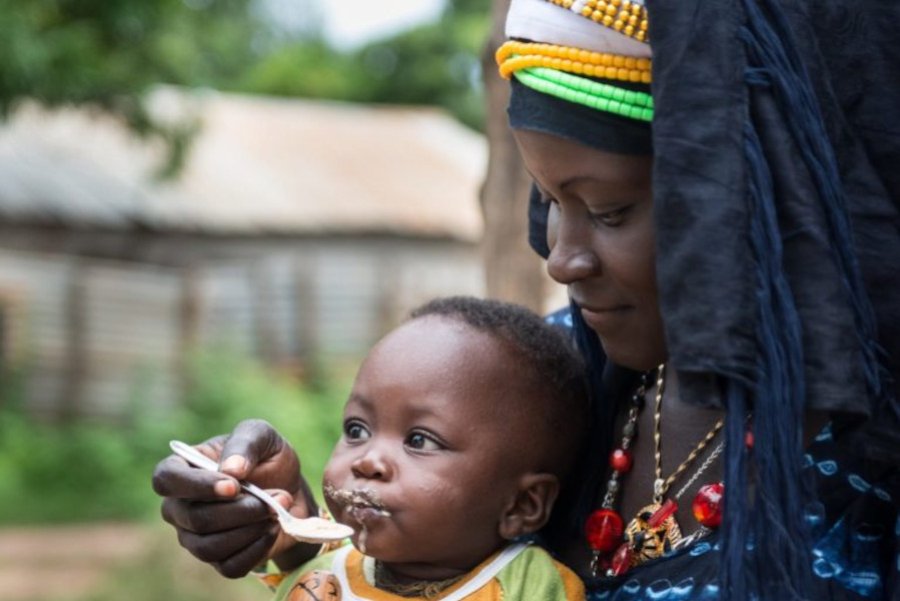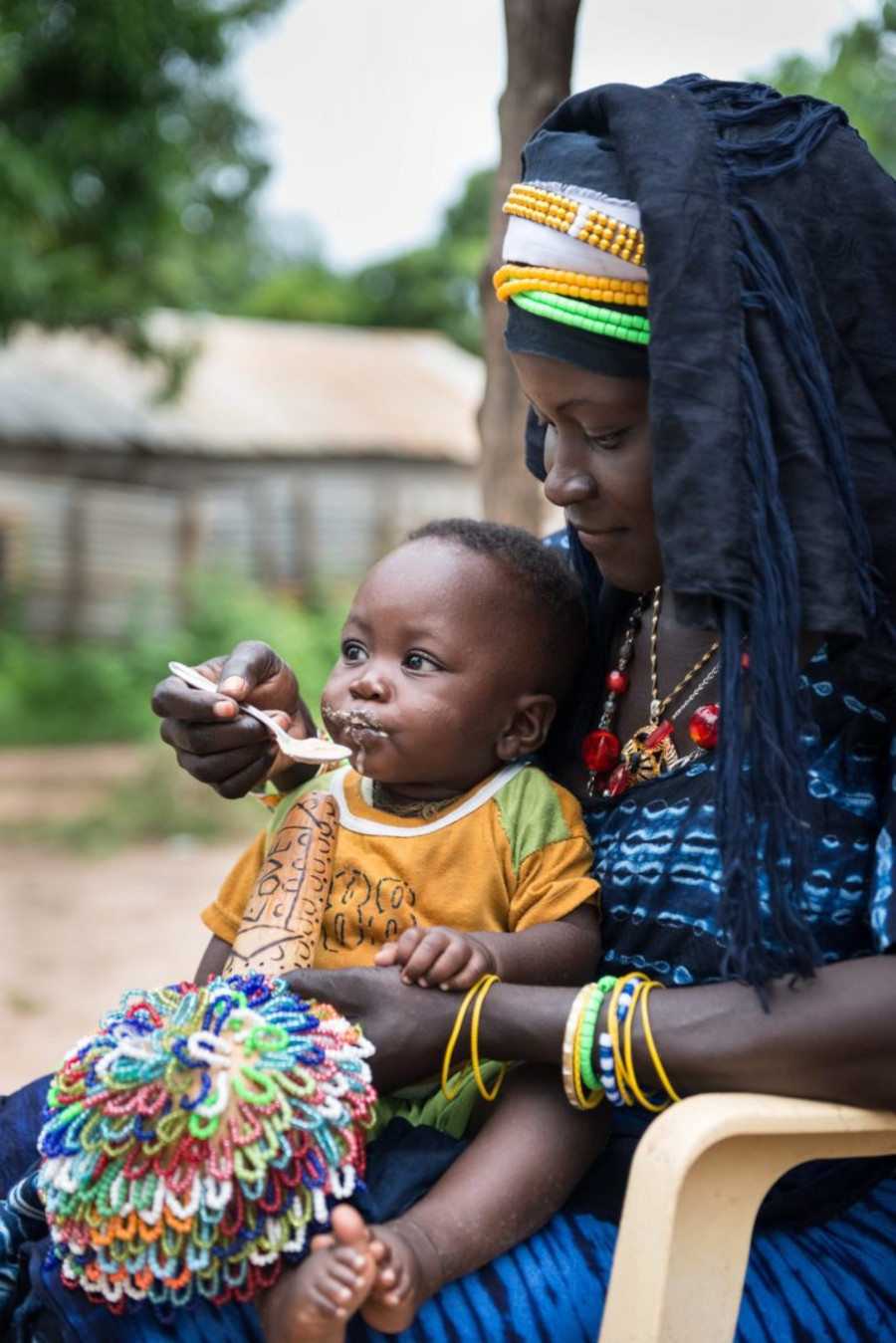
The specific roles that gut microbiota, known pathogens, and host energy-regulating hormones play in the pathogenesis of non-edematous severe acute malnutrition (marasmus SAM) and moderate acute malnutrition (MAM) during outpatient nutritional rehabilitation have not been explored previously.
New research findings, published in the Lancet Journal EBioMedicine, show that acute malnutrition is characterised by an increase in harmful bacteria at the expense of beneficial bacteria in the gut, a condition termed dysbiosis. The gut dysbiosis was also associated with the downregulation of growth-enhancing hormones, which suggests that there is likely a complex “multi-system failure” during the development of acute malnutrition among children.
Acute malnutrition – also called wasting – is a life-threatening condition that affects more than 45 million children under 5 years of age, globally. Children growing up in impoverished communities in low- and middle-income countries are disproportionately affected, and West Africa remains the hot spot for acute malnutrition among children.
In its severest form, children may either have oedema with friable skin amongst other complications (also known as Kwashiorkor) or may not have oedema but look emaciated (also known as Marasmus). Although there is some understanding of the possible causes of acute malnutrition such as recurrent infections and inadequate intake of nutritious food, there are still many areas of uncertainty. Due to the regional variations in how children with the severest form of acute malnutrition present, it is important to have a clear understanding of the different pathways that lead to both forms, to improve treatment strategies for these vulnerable children.
The researchers applied state-of-the-art computational analyses to investigate the associations between gut bacterial communities (microbiome), gut infections, growth hormonal changes and acute malnutrition among children from 6-24 months of age attending rural primary health care clinics in The Gambia, West Africa.
There were distinct differences in the patterns observed among children with the moderate form of acute malnutrition compared to those with the severest form of acute malnutrition without oedema. The study has provided a clearer understanding of the pathway towards acute malnutrition involving multiple systems among West African children who are hardest hit by this condition.
Furthermore, the study also demonstrates key differences in the microbiome structure and enteric infections between children with severe and moderate non-edematous acute malnutrition
Professor Andrew Prentice, Head of the Nutrition Theme at the MRCG at LSHTM said, “Our data add to the growing evidence that a gut dysbiosis, often characterised by a failure in the appropriate maturation of the microbiota as the child grows, may be key to the development of malnutrition. Results from on-going trials of ‘microbiota-directed’ complementary foods are eagerly awaited”.
Dr Helen Nabwera, the first author of this paper said, “As a clinician-scientist who provided care to these at-risk children with acute malnutrition in The Gambia, the frustration of losing them to this condition despite implementing the recommended treatment strategies is real. I am therefore excited about the prospect of co-designing and evaluating more targeted interventions for these children based on our findings.”
Dr Brenda Kwambana-Adams, senior author of the paper emphasised the significance of this work as the first in-depth investigation of the complex interplay between acute malnutrition and gut infections (viral, parasitic and bacteria), the gut microbiome and hormonal regulation among children. She added, “This study also has a unique focus on West African children with marasmus as opposed to Kwashiokor, which is more common in other regions of East/Southern Africa and South East Asia”.
The study was supported by the UK Medical Research Council and the UK Department for International Development (DFID) under the MRC/DFID Concordat agreement; Bill and Melinda Gates Foundation; and the National Institute of Medical Research (NIMR), UK.
Our postgraduate taught courses provide health practitioners, clinicians, policy-makers, scientists and recent graduates with a world-class qualification in public and global health.
If you are coming to LSHTM to study a distance learning programme (PG Cert, PG Dip, MSc or individual modules) starting in 2024, you may be eligible for a 5% discount on your tuition fees.
These fee reduction schemes are available for a limited time only.

